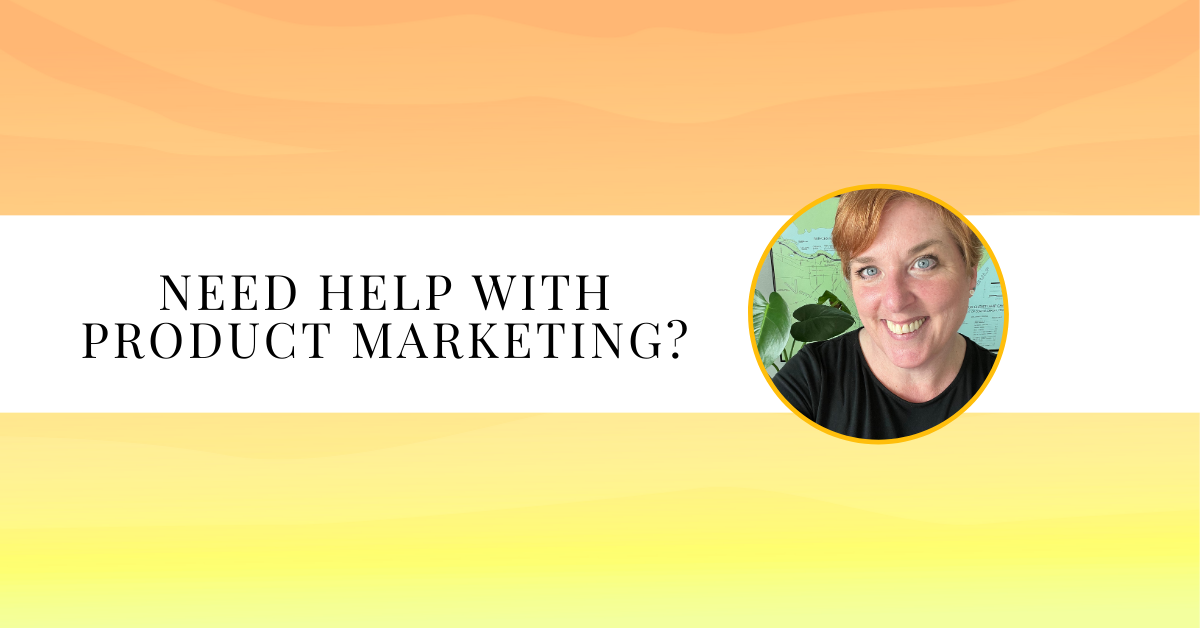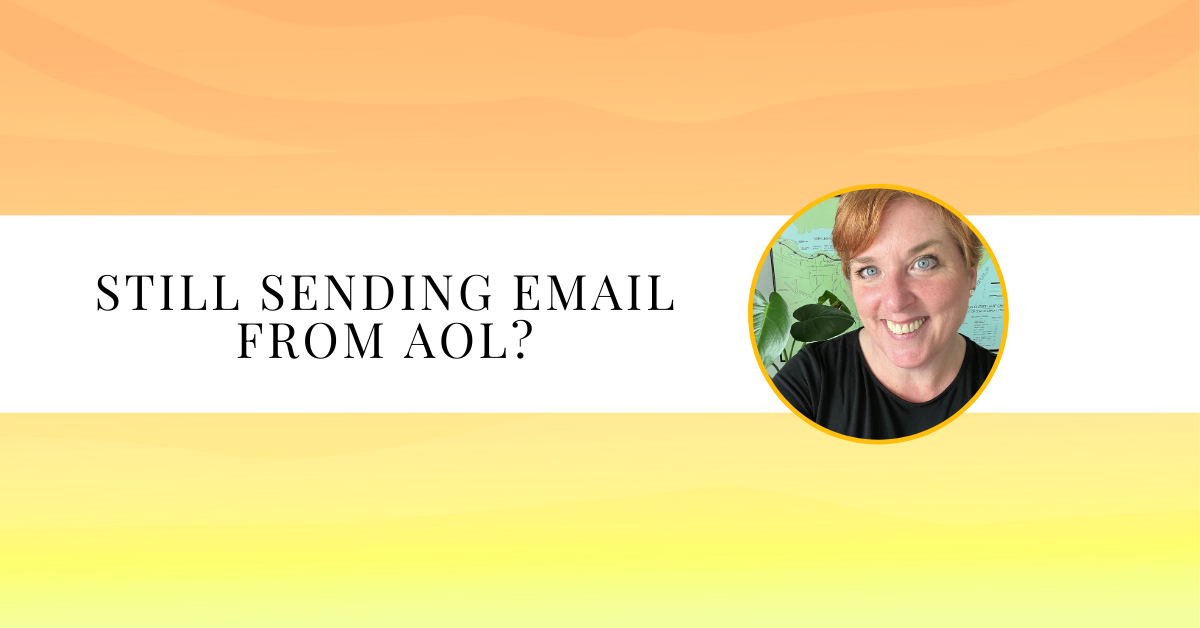Here are some of the main reasons someone might want to buy How To Market Your Plugin: A Framework for the Sleep-Deprived Developer by Bridget Willard, along with what makes it useful — particularly for people building plugins in WordPress or similar ecosystems.
What the book offers / Why it might be useful
- Targeted to plugin developers
This isn’t a generic marketing book. It’s written for developers who are creating plugins, especially in the WordPress environment. The author understands the specific challenges of that scene: distribution, directories, pricing models, community, things like that. Bridget Willard+2Amazon+2 - Actionable framework rather than abstract theory
The book gives step-by-step guidance and a framework: from setting up a marketing plan, doing beta signups, landing pages, documentation, all the way to attending WordCamps / meetups and how to budget etc. So if you want something concrete to follow, it seems well suited. Bridget Willard+1 - Focus on both short-term and long-term work
It doesn’t just talk about what to do right now (launch, promotion), but also how to build marketing into your plugin development process, how to set pricing, what business model works, how to represent your product, how to budget. That helps avoid the mistake of treating marketing as an afterthought. Bridget Willard+1 - Written with the constraints of “sleep-deprived” / solo / small teams in mind
The subtitle “for the Sleep-Deprived Developer” signals that this is meant for people who are already overloaded: writing code, debugging, support, possibly without big marketing teams or big budgets. So the suggestions are presumably realistic for folks who don’t have huge spare time or marketing departments. Amazon+1 - Good mix of community / ecosystem awareness
Because WordPress (and plugin markets in general) have special dynamics — plugin directories, reviews, user expectations, supporting documentation, community involvement (WordCamps and such) — the book’s value is higher than something more generic. It’s designed with those realities in mind. Bridget Willard+1 - Relatively short/readable
It’s not a huge tome. At ~136 pages, so manageable. If you want something that you can read through without it being overwhelming while still getting usable ideas, that could be a plus. Amazon+1
Who might especially benefit
- Someone building a plugin who struggles with or hasn’t yet done much marketing.
- Solo developers or small teams who need to handle many roles (development + marketing + support) and want to adopt a plan that’s feasible under those constraints.
- Developers who want to build for sustainable growth (not just hack something out, launch, hope for sales) — who want a path forward for increasing visibility, downloads, and possibly revenue.
- People new to the WordPress ecosystem who need guidance on how to do product positioning, pricing, licensing, etc. in that particular space.
Here are a bunch of actual user-reviews, comments, and impressions of How To Market Your Plugin, along with what people liked / found useful, and some things to watch out for. Hopefully this gives you a clearer picture.
What people like / positive feedback
From the author’s site, Goodreads, and community commentary: Bridget Willard+2Goodreads+2
- “Relatively short, but very info-dense. Lots of practical tips we’ll be putting in place on our own projects soon.” — from Keanan Koppenhaver, CTO Alpha Particle. Bridget Willard
- “Good read. Wish something like this would have existed when I started with plugins, 3 1/2 years ago.” — Cristian Raiber. Bridget Willard
- “This is an excellent book. Why? Because most of the men and women developing plugins are technicians. They build a tool to fit a need. … Here is a book for them, by an author who uses the tools, understands the tools, and most importantly, knows how to sell the tools.” — Warren Laine-Naida. Bridget Willard
- From the plugin author community: “Awesome idea, our industry needs this book! You’re def the person to write this and make sure it’s full of goodies.” — Vito Peleg. Bridget Willard
- “This Book really helped me with new plans and idea, which I can execute for better growth of my plugins.” — Aditya Sharma. Bridget Willard
From the Press This podcast interview summary / discussion: Torque
- People appreciated that the book helps clarify monetization models (free, premium, support-only, freemium) and what trade-offs each bring. Bridget is said to explain these clearly. Torque
- The book is praised for being written by someone who has real experience in the WordPress plugin ecosystem, who’s “done the work,” not just theorized. Torque+1
- It’s seen as especially helpful for indie/smaller plugin authors, solo devs, or people without big marketing teams. The strategies are considered practical rather than purely aspirational. Torque+1
Criticisms / things people mention (or potential drawbacks)
While the reviews are generally positive, there are a few caveats or limitations that show up (or that are implicit):
- Because the book tries to be actionable and compressed, some people feel it’s dense; you may need to take time to implement the tips rather than skim. “Info-dense” is a compliment but means you might need to invest time to digest. Bridget Willard
- It may not cover every plugin scenario or every edge case. If your plugin/market model is unusual, you might need to adapt the advice.
- Some of the marketing suggestions assume you have at least some bandwidth (even if limited) to do things like content marketing, attending WordCamps or meetups, promotional work, etc. If you are really strapped (time, money, or both), some of the advice may be harder to implement.
- Given the ecosystem (WordPress, etc.), some of the book’s advice may assume familiarity with certain platforms, norms, or community practices; if you’re working in a different environment, parts may be less directly applicable.
A Major Reason to Buy How to Market Your Plugin
One of the strongest reasons to pick up Bridget Willard’s How to Market Your Plugin is the author’s proven track record. Bridget isn’t just writing theory — she’s done the work.
- GiveWP Brand Growth: Bridget played a major role in building the GiveWP brand, which grew into one of the most recognized donation plugins in the WordPress ecosystem. Her hands-on marketing strategies contributed directly to its adoption and visibility across the WordPress community.
- Experience With Other Plugins: Beyond GiveWP, Bridget has worked with and advised other plugin developers, consistently showing how grassroots marketing, community building, and consistent messaging can make a plugin stand out in a crowded marketplace.
- High-Value Expertise at a Fraction of the Cost: Bridget’s current consulting rate is $125/hour. This book distills her knowledge and frameworks into a format that costs less than a single lunch — effectively giving you access to thousands of dollars’ worth of expertise at book-price.
When you combine her insider knowledge of the WordPress plugin ecosystem with her clear, actionable framework, the book becomes more than a marketing guide — it’s a way to tap into professional-level strategy without the agency-level invoice.
Overall takeaway / how people rate it
Readers seem to accomplish something real from reading it — getting new ideas, setting up/adjusting marketing plans, deciding on licensing/pricing, etc. Many say they’ll be using parts of it soon. Bridget Willard+1
On Goodreads, it has very high average ratings (5.00 at last count for a few ratings) among those who have rated it. Goodreads+1
The community seems to view it as filling a gap — there aren’t many books dedicated specifically to plugin marketing (especially for WordPress), so many felt that this book meets a needed niche. Bridget Willard+1
References
- Bridget Willard, How to Market Your Plugin — Author site and reviews. Available at: bridgetwillard.com
- Goodreads: Bridget Willard author page. Available at: Goodreads
- TorqueMag. Press This Podcast: Market Your WordPress Plugin. June 2021. Available at: torquemag.io
- Amazon listing and reviews: Amazon
Research and summary assistance provided by ChatGPT (OpenAI).






